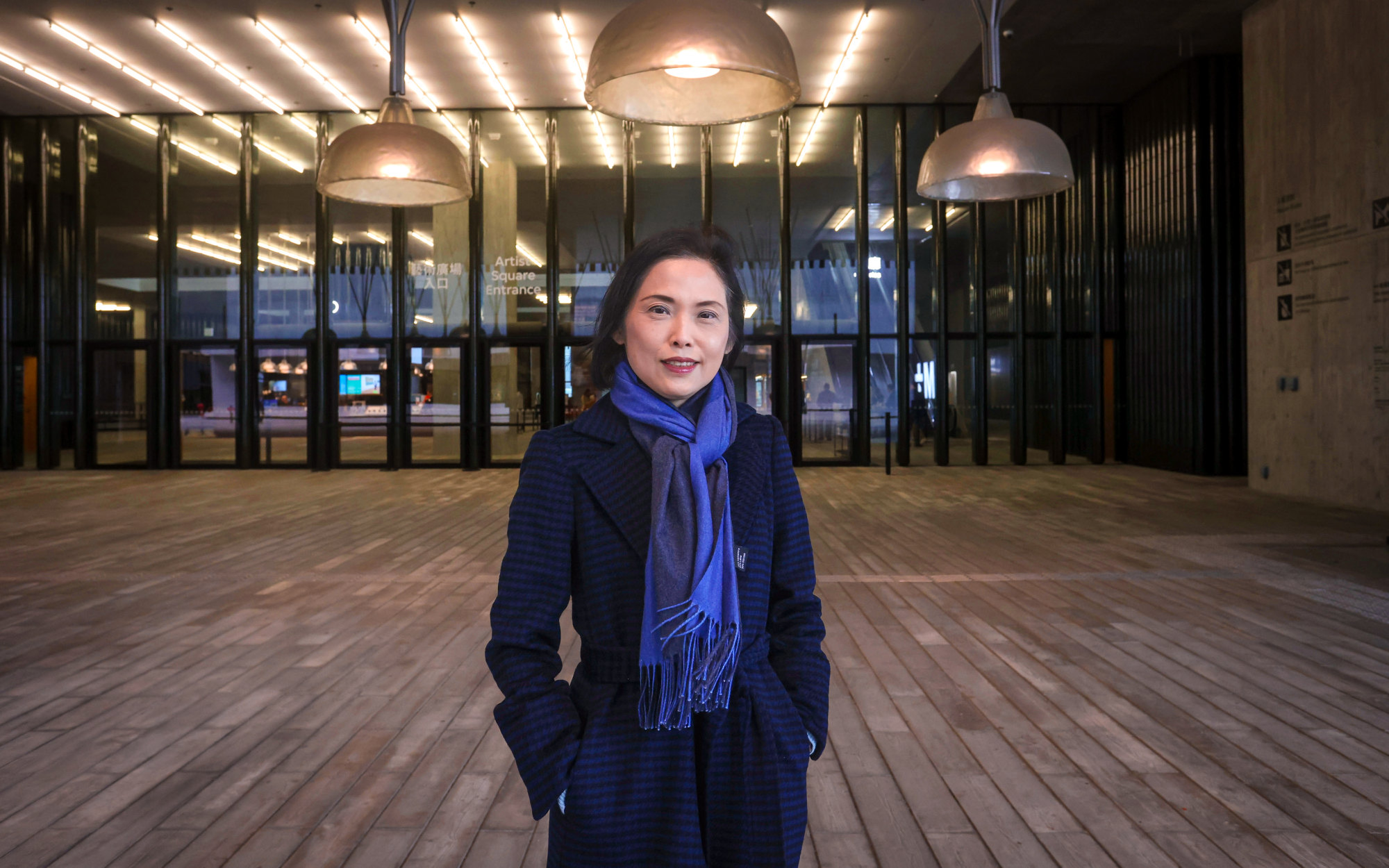Hong Kong’s West Kowloon arts hub to sell land parcels in ‘a few years’ time, CEO says
Fung said they would need to submit the planning application to the Town Planning Board, carry out excavation works in the basement and conduct the tender process.
“Therefore, we will need a few years before being able to sell these land for residential development,” she told a radio show.
Fung said the maximum amount of land they were allowed to sell for residential projects was around 170,000 square metres (1.83 million sq ft), which was 20 per cent of the district’s gross floor area.
“Can we sell less than this amount? We can consider it depending on the situation at that time. It is not a must to sell them all in these 10 years,” she said.
“We will do it in a gradual manner. I believe we will sell them in at least two to three batches.”
Fung said she was confident about the sale of the land with the recovery of Hong Kong’s property market, and that the district would not need further government funding.
“We believe Hong Kong’s economy is heading towards a good direction,” she said. “We believe the property market will recover. Especially for residential properties, the demand is still there.”
“I have heard from the property sector that the land in the district is of high quality.”
When the authority was established in 2008, it was granted a one-off endowment of HK$21.6 billion (US$3 billion) by the government for the whole precinct’s development. The managing body in May said the district’s remaining funds would only last for a year.
The Executive Council on Tuesday approved changes to the district’s financing model, lifting the limitation where it could only rely on the building, operating and transfer of some commercial projects at the site.
Secretary for Culture, Sports and Tourism Kevin Yeung Yun-hung said on Wednesday that the change meant the residential development in the district’s second zone would no longer be restricted to the build-operate-transfer model.
The hub had previously struggled to attract interest among developers under the model, partly due to the Covid-19 pandemic.
Fung said under the model, the district would need to take over 40 years to earn profits.
“But if we can sell our land for residential projects, we can obtain a large amount of cash in a relatively shorter time,” she said.
“Whether we are financing, which we will have to repay or pay interests, or investing in new revenue-generating projects, we will still need this sum to help us.”

She added that they had ruled out shortening the opening hours of the two museums in the district, while they would review the ticket pricing each year.
Within the arts hub’s 851,400 square metres of gross floor area, 40 per cent is dedicated to arts and culture activities, and the remaining is used for “revenue-generating” projects to sustain the district’s operations.
Sixteen per cent of the “revenue-generating” facilities include retail, dining and entertainment, while 23 per cent is designated as hotel and office space, and 20 per cent is reserved for residential development.
Fung said other than selling the land, they would also seek financing through bank loans and debt issuance.
She said they would also launch multiple projects to increase their revenue streams such as selling cultural and creative products related to a pier that would open next year, developing the naming rights of their buildings and renting out their performing venues.
Fung added the authority aimed to become financially sustainable in the coming 10 years.